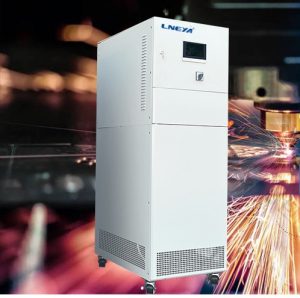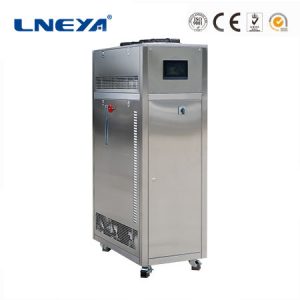Operating Instructions For the Low Temperature Test Chamber
The low temperature test chamber is a necessary test equipment in aviation, automobile, household appliances, scientific research and other fields. It is used to test and determine the parameters and performance of electrical, electronic and other products and materials after the temperature environment changes in high temperature, low temperature, or constant test.
The low temperature test chamber can be used to check and determine the temperature cycling changes of electrical, electronic products or materials, and produce the adaptability of storage and use under environmental conditions. The equipment adopts forced air circulation to maintain the uniformity of temperature in the working room, with green environmental protection, micro-computer control, temperature digital display, adjustable temperature in the box, high-density insulation layer, good insulation effect, energy saving.
The low temperature test chamber should never be used for testing the following objects or those containing them:
(1) Explosives:
1. Nitroglycol (ethylene glycol dinitrate), nitroglycerin (propylene glycol trinitrate), nitrocellulose and other explosive nitrates.
2. Trinitrobenzene, trinitrotoluene, trinitrophenol (picric acid) and other explosive nitro compounds.
3. Peracetic acid, methyl ethyl ketone peroxide, benzoyl peroxide and other organic peroxides.
(2) Combustibles:
1. Spontaneous combustion:
Metals: lithium, potassium, sodium, yellow phosphorus, phosphorus sulfide, red phosphorus.
Cerules: calcium carbide (calcium carbide), phosphatized lime, magnesium powder, aluminium powder, sodium bisulfite.
2. Categories of oxide properties:
(1) Potassium chlorate, sodium chlorate, ammonium chlorate and other chlorates.
(2) Potassium peroxide, sodium peroxide, ingot peroxide and other peroxide salts.
(3) Potassium peroxide, sodium peroxide, barium peroxide and other inorganic peroxides.
3. Flammables:
(1) Ether, gasoline, propylene oxide, carbon disulfide and other substances whose ignition point is less than – 30 C.
(2) Common ethane, oxidized alkene, acetone, benzene, methyl ethyl ketone and other substances whose ignition point is above – 30℃ but below 0℃.
4. Flammable gases:
Hydrogen, acetylene, ethylene, methane, ethane, propane, butane and other gases that may burn at 1 atmospheric pressure at 15 C.
관련 권장 사항
-
제약 산업에서 열 오일 가열 시스템의 용도
841제약 산업에서 가열 온도 요구 사항은 제약 공정과 제품 준비 단계마다 온도 요구 사항이 다르기 때문에 매우 다양합니다. 다음은 가열 온도 중 일부입니다.
세부 정보 보기 -
온도 충격 테스트 챔버 고장 성능 설명
1078온도 충격 테스트 챔버는 다양한 주요 산업에서 널리 사용됩니다. 사용자는 구매할 때 온도 충격 테스트 챔버를 오랫동안 사용할 수 있기를 바랍니다. 따라서 온도 충격 테스트 챔버의 각 결함을 이해할 필요가 있습니다. .
세부 정보 보기 -
반도체 테스트에 사용되는 열 척 온도 제어 시스템이란 무엇인가요?
1122The integration of temperature control systems and heat cartridges is mainly used in the testing process of the semiconductor industry, serving the following key purposes: Wafer Acceptance Test (WAT): After the completion of semicond...
세부 정보 보기 -
Principle Analysis of Glycol Chiller
1139Glycol chiller is an industrial chillerwith glycol as refrigerant. The structure of glycol chiller is roughly the sameas that of ordinary industrial chiller, which is composed of compressor,evaporator, condenser and electric control system. ...
세부 정보 보기
 LNEYA 산업용 냉각기 제조업체 공급 업체
LNEYA 산업용 냉각기 제조업체 공급 업체













